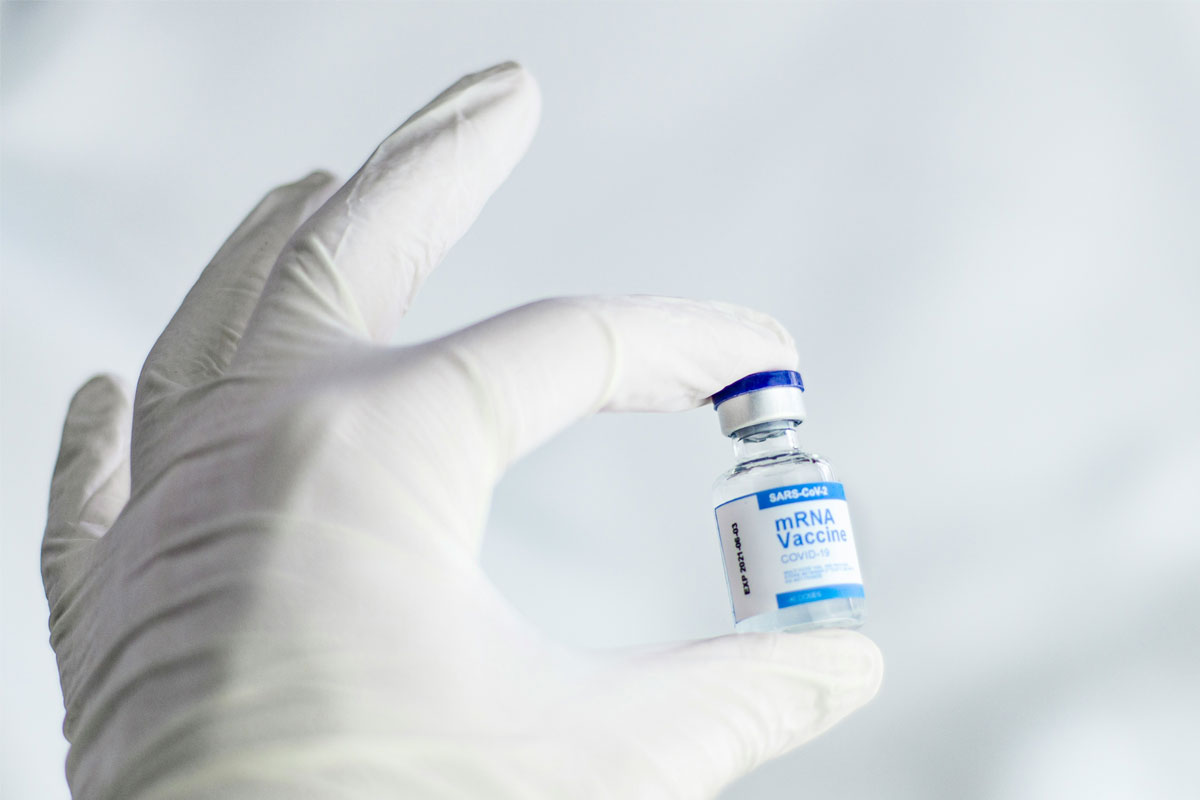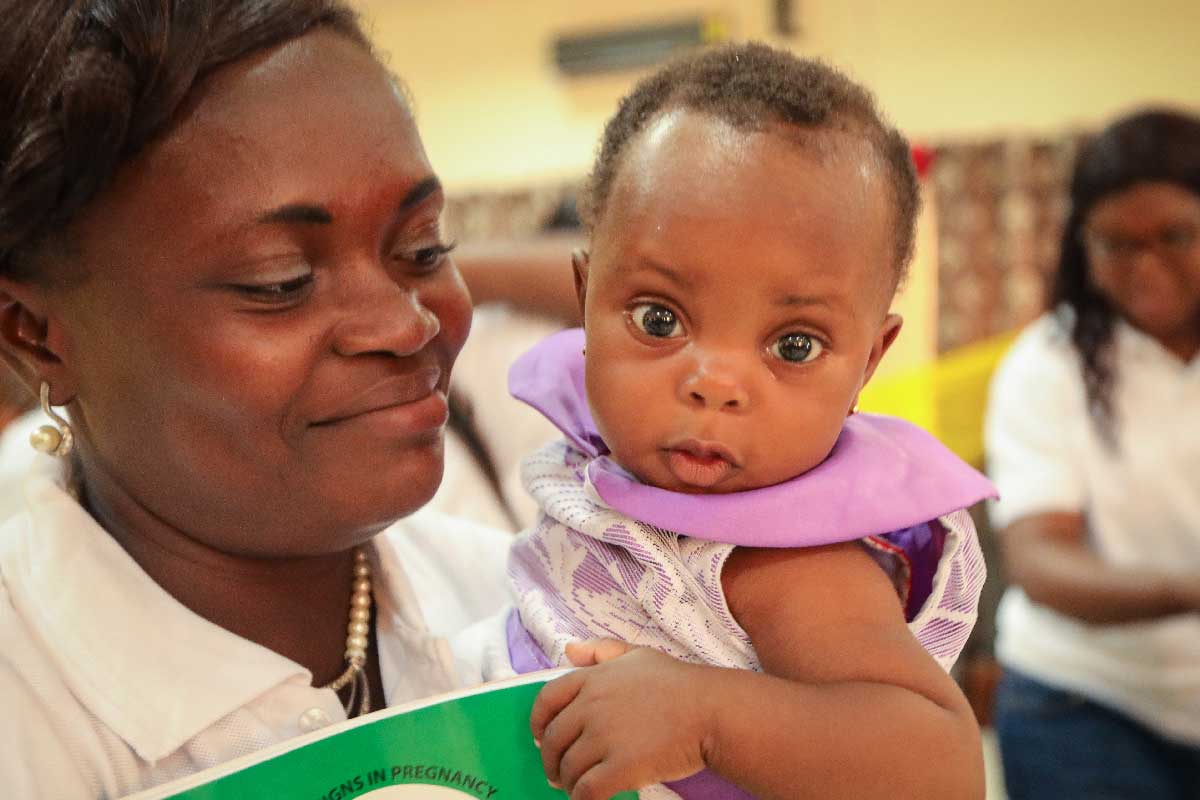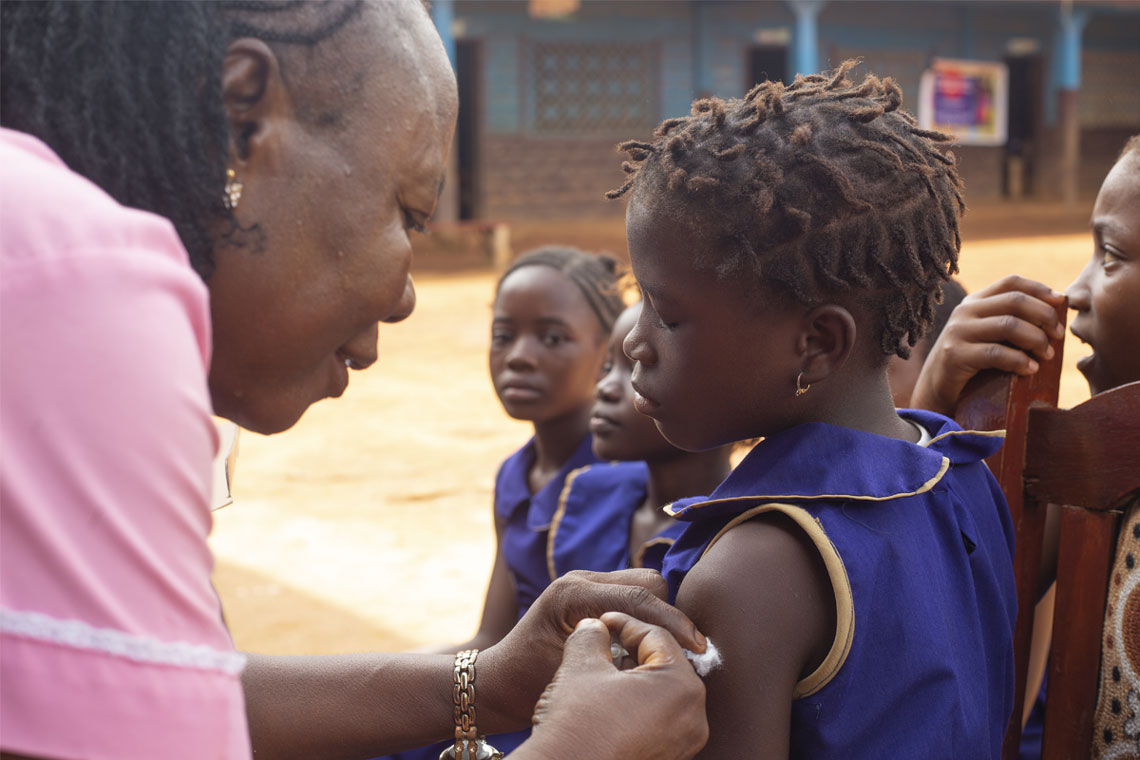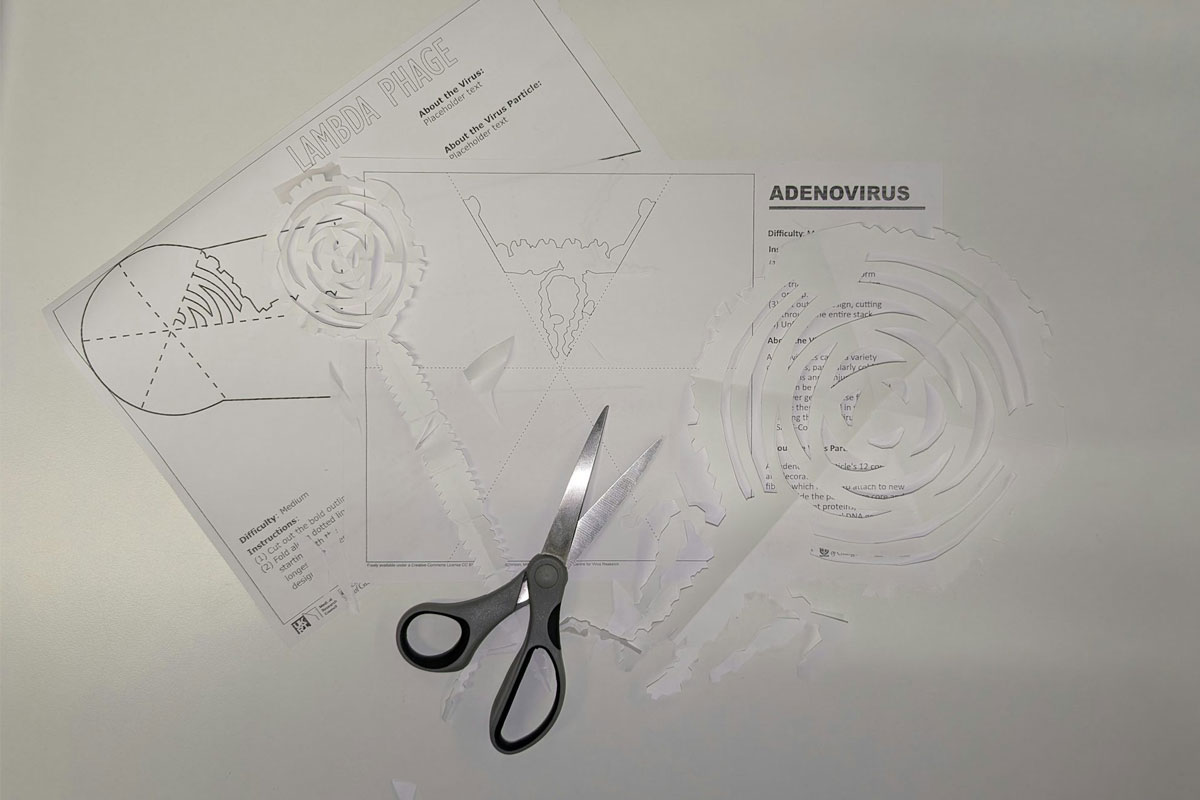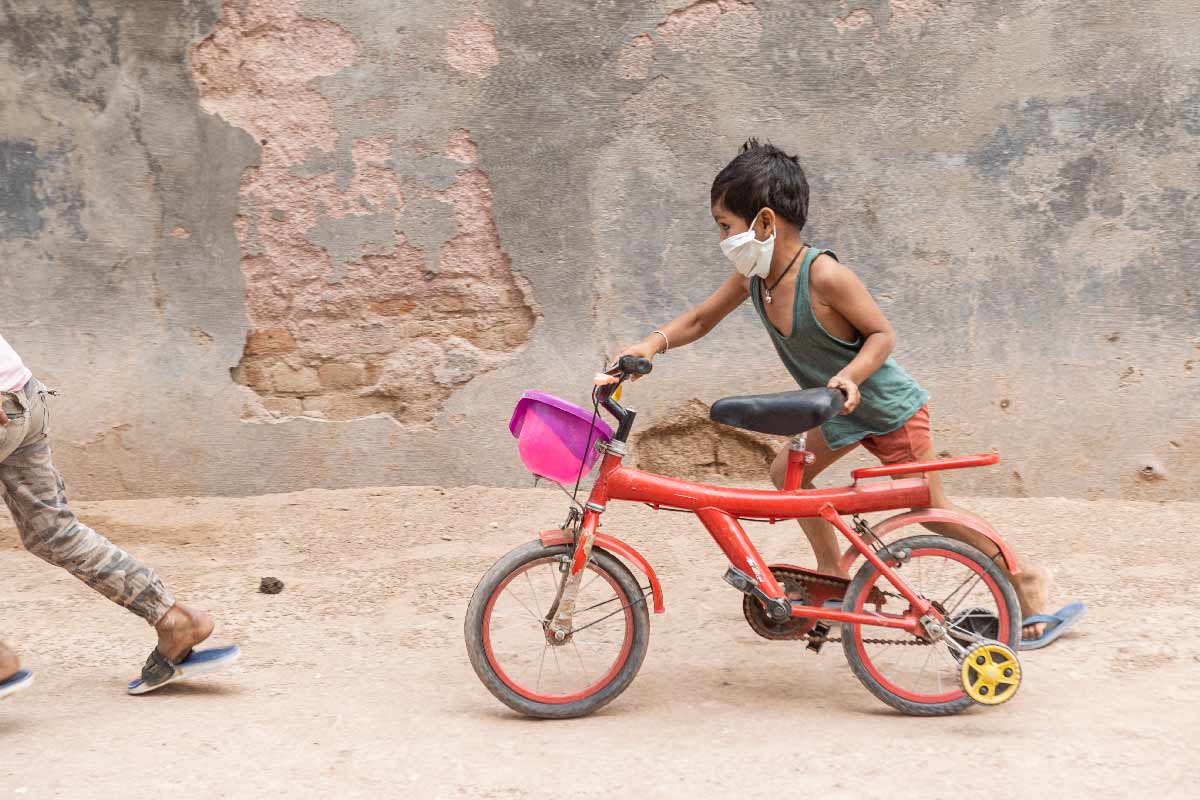Emergency vaccinations cut outbreak deaths by nearly 60%, study finds
A groundbreaking modelling study shows how outbreak response vaccinations have prevented millions of infections and saved billions of dollars in economic losses.
- 14 July 2025
- 4 min read
- by Linda Geddes
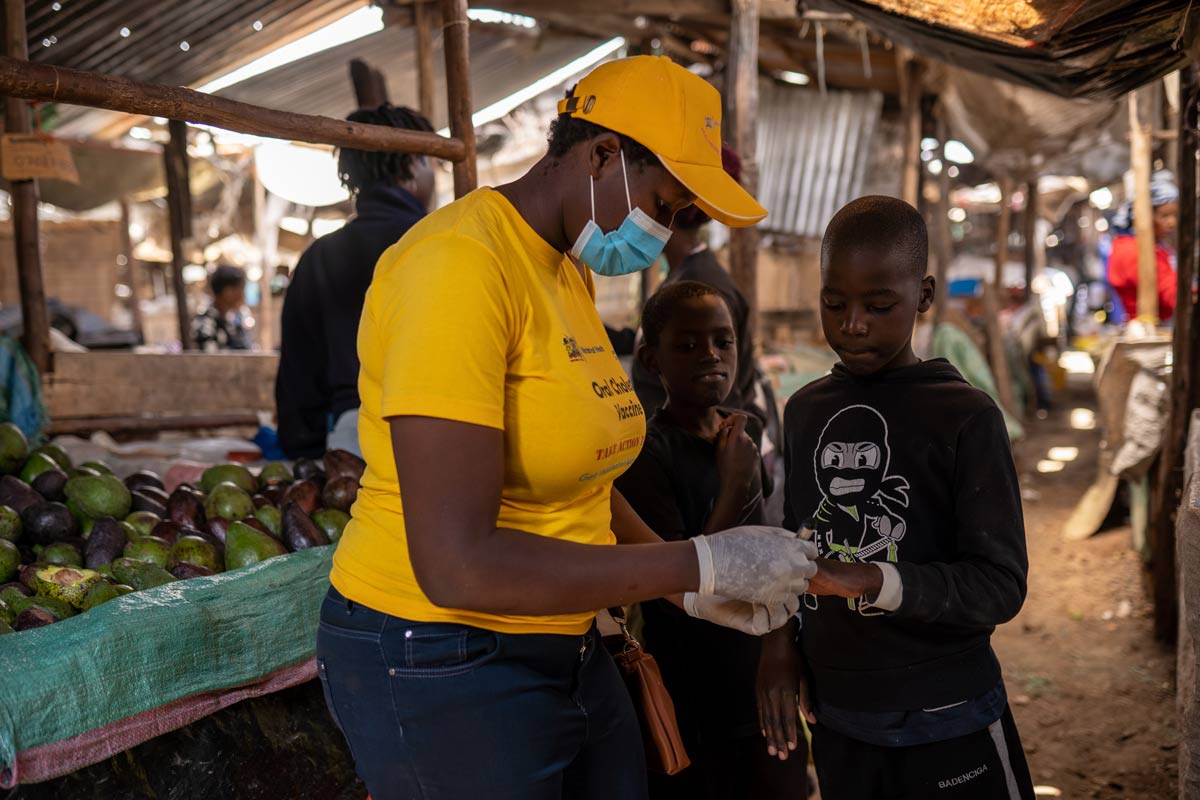
Emergency vaccination responses to outbreaks have cut disease-related deaths by nearly 60% between 2000 and 2023, data suggests.
They have also generated at least US$ 32 billion in economic benefits for affected countries by averting deaths and years of productivity lost to disability.
“This study shows that outbreak response immunisation programmes are effective in reducing the health and economic impacts of outbreaks of vaccine-preventable diseases,” the study’s authors said.
Outbreak response
Outbreaks of vaccine-preventable diseases such as measles, yellow fever, cholera and meningitis are a persistent threat in many low- and middle-income countries, placing strain on fragile health systems.
When these crises strike, rapid-response vaccination campaigns – known as outbreak response immunisation programmes – provide a vital line of defence.
Since 2000 emergency vaccination responses have averted 5.81 million infections, 327,000 deaths and 14.6 million disability-adjusted life years (DALYs).
This is why Gavi, the Vaccine Alliance, funds global stockpiles of cholera, Ebola, meningitis and yellow fever vaccines for outbreak responses. These are accessible by any nation, anywhere in the world, however wealthier nations must reimburse Gavi the cost of the vaccines after use.
Yet despite their importance, we know surprisingly little about the real-world impact of these programmes.
To investigate, Dominic Delport at the Burnet Institute in Melbourne, and colleagues, used a type of computer simulation known as an agent-based model to estimate how effective emergency vaccination campaigns were at stopping outbreaks of five key diseases in low- and middle-income countries between 2000 and 2023.
The study found that the Ebola vaccine reduced cases and deaths by 76% and 77% while yellow fever vaccines had the greatest impact, with a 98% drop in cases and a 99% reduction in deaths
Using real-world data from 210 outbreaks of measles, cholera, yellow fever, meningitis and Ebola in 49 countries, they built customised models for each disease.
They then used them to look at what happened during each outbreak – and predict what might have happened had no emergency vaccines been available. They also estimated the money saved thanks to these vaccines preventing more widespread illness, deaths and disabilities.
Real-world impact
The research, published in the British Medical Journal (BMJ) Global Health, estimated that since 2000 emergency vaccination responses have averted 5.81 million infections, 327,000 deaths and 14.6 million disability-adjusted life years (DALYs) – a measure of the total impact of a disease caused by someone dying early or living with ongoing illness or disability. One DALY is equivalent to one year of healthy life lost.
It also found a near 60% reduction in disease cases on average – and that vaccine responses significantly decreased the threat of large outbreaks.
Drilling down to the impact on individual diseases, the study found that the Ebola vaccine reduced cases and deaths by 76% and 77% while yellow fever vaccines had the greatest impact, with a 98% drop in cases and a 99% reduction in deaths.
Measles vaccination in response to outbreaks reduced cases by 59% and deaths by 52% – and dramatically reduced the risk of large outbreaks. While emergency meningitis and cholera campaigns reduced cases by 27% and 28%, and deaths by 28% and 36% respectively.
“The availability of vaccines for [outbreak responses] has saved hundreds of thousands of lives since 2000,” the researchers said, adding that the faster an emergency response started, the more helpful it was:
“The most impactful component of a vaccine response was consistently found to be the time taken to initiate the response, with shorter response times producing greater proportional impact for health and economic costs averted,” they said.
Have you read?
Economic benefits
The study also found that these emergency vaccination efforts across 210 outbreaks brought nearly US$ 32 billion in economic benefits – largely by preventing deaths and long-term illness.
However the true value may be even higher, as these figures don’t include the full costs of mounting outbreak responses or the broader social and economic upheaval that large epidemics can trigger.
Take the 2014–16 Ebola outbreak: before a vaccine was available, it swept across West Africa and sent shockwaves around the world, ultimately costing the region an estimated US$ 53 billion.
“For the first time, we are able to comprehensively quantify the benefit, in human and economic terms, of deploying vaccines against outbreaks of some of the deadliest infectious diseases,” said Dr Sania Nishtar, CEO of Gavi, which was also involved in the research.
“This study demonstrates clearly the power of vaccines as a cost-effective countermeasure to the increasing risk the world faces from outbreaks. It also underscores the importance of fully funding Gavi, so it can continue to protect communities in the next five years to come.”

